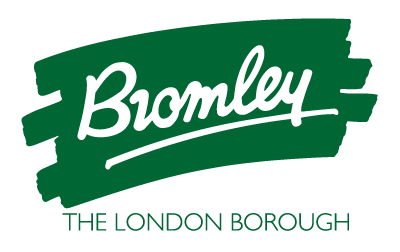The SEND Code of Practice tells us that:
All children and young people are entitled to an appropriate education, one that is appropriate to their needs, promotes high standards and the fulfilment of potential.
This should enable them to:
- Achieve their best
- Become confident individuals living fulfilling lives, and
- Make a successful transition into adulthood, whether into employment, further or higher education or training’
SEND Code of Practice Para: 6.1 P.92
In Bromley we have high aspirations and expectations for children and young people with SEND and understand that they have the same hopes and dreams for the future as their peers.
What is an aspiration?
An aspiration is a hope or ambition of achieving something.
All children and young people should be supported to contribute in whatever way they can to discussions about their aspirations, their needs, and the support that they think will help them best. This support should be aimed at promoting their independence and enabling them to learn, make good progress towards employment and/or higher education, independent living, good health and participating in the community. We call these the preparing for adulthood pathways.
Aspirations form the basis of the way that Outcomes in SEN Support plans or Education, Health and Care plans (EHCP) are developed as when we know what a child or young person aspires to, we also understand what is likely to motivate them so that together we can set goals that will support them to realise their potential.
What is an outcome?
An outcome can be defined as ‘the benefit or difference made to an individual as a result of an intervention’.
Outcomes are personal goals, not a service-led goal or target. They are long term goals that are achieved through shorter term targets or interim steps.
These short term targets are set outside of a SEN Support or EHC plan and can be thought of as steps on the journey towards the outcome.
Outcomes help everyone involved with a child or young person to evaluate the success of the support that is being provided.
EHC plans must specify the outcomes sought for the child or young person as they underpin and inform the detail of the plan. They set out what needs to be achieved over time by the end of a phase or stage of education to enable the child or young person to progress successfully to the next phase or stage.
Being clear about the outcomes helps everyone to work together to ensure that the child or young person gets the support that they need and enables them to be at the centre of the decision-making process.
From year 9 onwards, the nature of outcomes will reflect the need to ensure young people are focused on preparing for adulthood across the four pathways.
Learn more about our key considerations for outcomes.
What makes a ‘good’ outcome?
As a parent or carer, when thinking about setting outcomes, ask yourself:
- What would I like my child or young person to be able to do?
- Why would you like them to be able to do that?
- What needs to be in place to achieve this?
- Do they need to develop new skills to make this happen?
- Who can help or support them to achieve this?
When reviewing existing outcomes, ask yourself:
- Does this keep something that is working?
- Does this change something that is not working?
- Does this move towards a future you want?
As children grow older, we want them to ‘own’ their outcomes as they are the ones who will be working towards achieving them. So, it is best if an outcome can be expressed in their own words so they can understand and can engage with it. Outcomes should be something that children or young people have control and influence over.
SMART outcomes
An outcome can be defined as ‘the benefit or difference made to an individual as a result of an intervention’.
All EHC plans must specify the outcomes sought for a child or young person. Outcomes in EHC plans should be SMART (Specific, Measurable, Achievable, Realistic, Time-bound).
Specific and stretching, so:
- The ‘what’ – a clear statement of what will be achieved
- The ‘why’ - be clearly defined and easy to understand
- The ‘how’ – the action that needs to be taken.
Measurable and Motivational, so:
- Based in evidence - it can be assessed objectively and/or it can been observed or recorded
- It includes figures/numbers – it can be accurately measured against targets
Achievable but Ambitious, so:
- Challenging but not beyond reach
- Providing opportunities for success along the way
Realistic, so:
- Aligning with the child or young person’s aspirations
- Meaningful to the child or young person
Time bound, so:
- A time scale for achievement with and end date or date for review.
